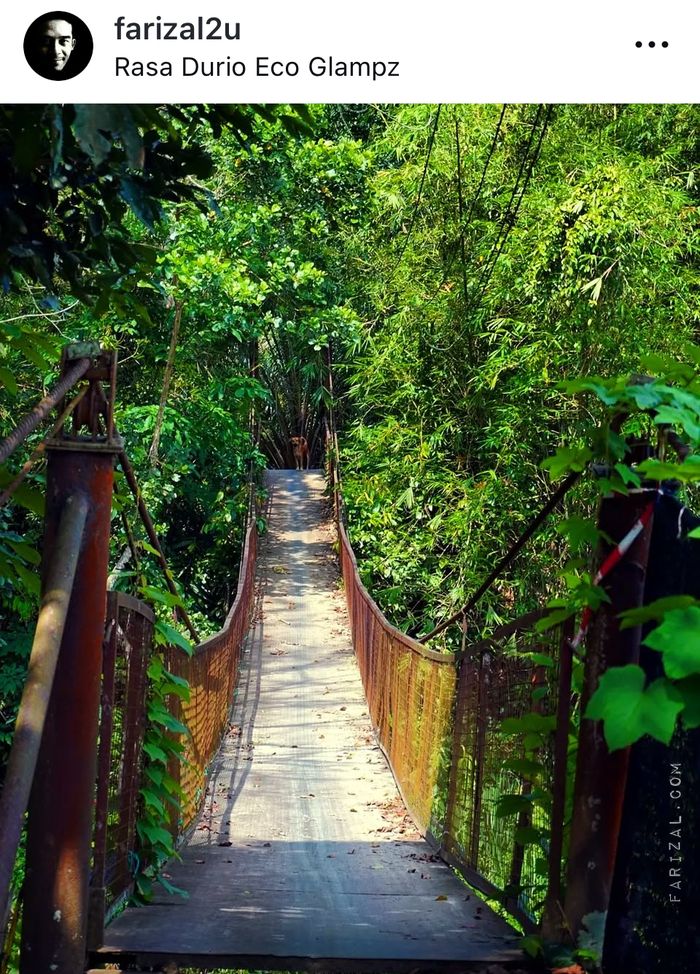Choosing the Perfect Campsite: A Step-by-Step Guide
Choosing the Perfect Campsite: A Step-by-Step Guide #
Selecting the ideal campsite enhances safety, comfort, and enjoyment. Follow this structured approach to make an informed choice:
1. Determine Your Trip Purpose #
- Type of Camping: Car camping, backpacking, or group camping? Accessibility needs vary.
- Goals: Relaxation, hiking, fishing? Prioritize proximity to activities.
- Group Needs: Consider space for tents, children, or pets.
2. Research the Area #
- Location: Use park websites, apps (AllTrails, Gaia GPS), or reviews to scout regions.
- Seasonal Factors: Check weather, closures, and insect activity (e.g., mosquitoes in summer).
- Regulations: Secure permits, note fire rules, and respect camping zones.
3. Evaluate Terrain #
- Elevation: Choose high, flat ground to avoid flooding. Steer clear of valleys or dry riverbeds.
- Natural Features: Seek windbreaks (trees, rocks) but avoid dead trees (“widowmakers”).
- Water Proximity: Camp 200+ feet from water to prevent wildlife encounters and protect ecosystems.
4. Prioritize Safety #
- Wildlife: Check for tracks/scat; store food in bear-proof containers.
- Hazards: Avoid poison ivy/oak, unstable terrain, or avalanche zones.
- Fire Safety: Use existing fire rings; ensure no burn bans are in place.
5. Optimize Comfort & Convenience #
- Sun & Wind: Position tents for morning sun and afternoon shade. Shield tents from prevailing winds.
- Privacy & Noise: Distance from trails/other campers; avoid noisy areas (e.g., waterfalls).
- Accessibility: Ensure easy access to water and emergency exits.
6. Set Up Camp Thoughtfully #
- Tent Site: Clear debris, orient door away from wind. Check for ant hills or insect nests.
- Cooking Area: Place downwind, 200+ feet from tent and water.
- Waste Management: Follow Leave No Trace (LNT): pack out trash, dig 6-8" cat holes 200+ feet from water.
7. Leave No Trace #
- Minimize Impact: Use durable surfaces (rock, gravel); avoid trampling vegetation.
- Wildlife: Observe from a distance; never feed animals.
8. Final Checks #
- Weather: Review forecasts; prepare for rain or temperature drops.
- Daylight: Arrive early to set up in light.
- Instincts: If a site feels unsafe, relocate.
Pro Tips #
- Views: Balance safety with scenic vistas.
- Mistakes to Avoid: Camping too close to water, ignoring weather, or neglecting wind direction.
Conclusion
The perfect campsite balances safety, comfort, and environmental respect. By planning ahead, assessing terrain, and adhering to LNT principles, you’ll create a memorable outdoor experience. Happy camping! 🌲⛺️
Farizal.com
Check out my camping stuff on #Carousell: https://carousell.app.link/nAmzc9c9fTb
.
0
Kudos
0
Kudos
